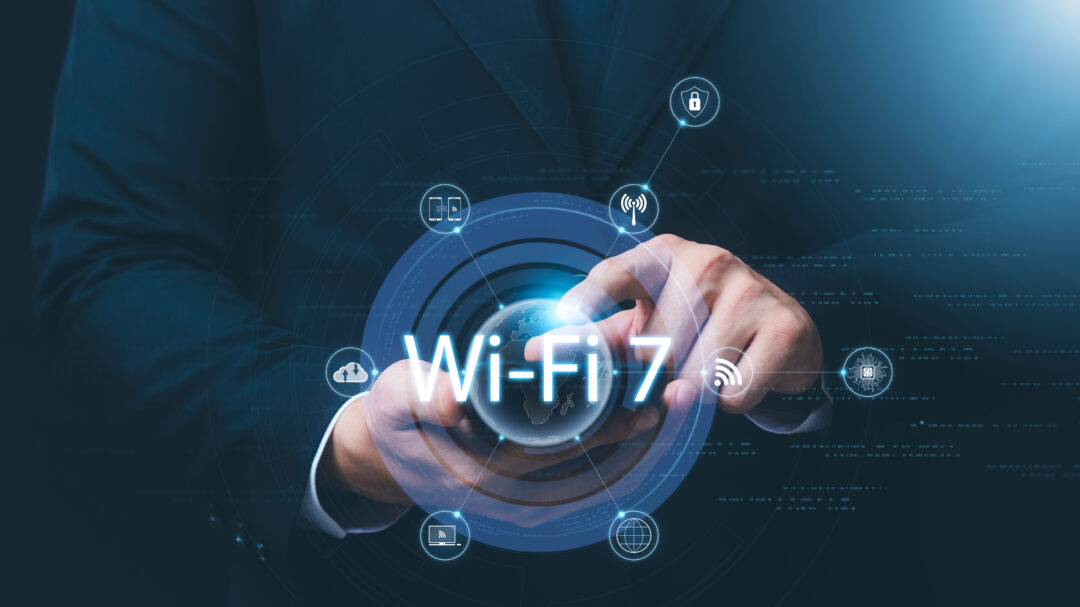The Internet of Things (IoT) is set to accelerate in 2017. Gartner predicts that by the end of this year, there will be 8.4 billion connected devices in use worldwide, that’s up 31% from last year alone.
In the fleet world, intelligent networks of sensors will become more commonplace. Fleets are already using sensors to track and improve vehicle maintenance. Soon, fleets will use this technology to connect with smart cities to gather insights on traffic information and road safety conditions.
>See also: The role of the Internet of Things in developing smart cities
For this technology to advance, new and existing connected devices will require stronger, faster and more accessible connectivity to support it. Here we examine the current and future trends in connectivity that will supercharge the intelligent fleet.
Boosting coverage with 5G
5G is set to impact every industry, from the smartphone market to international sporting events. The world will have to wait until 2020 for the full roll-out but soon businesses will experience dramatically faster data speeds, increased response times and improved access to data.
This step up in connectivity is what the IoT has been waiting for, with experts like The Next Generation Mobile Networks Alliance predicting 5G will take development and business adoption to the next level.
This increased level of connectivity and unparalleled amounts of data will become invaluable to future fleet performance. From the front line to the back end, fleets will able to harness data in real time to fully optimise operations. An extra boost in coverage will increase confidence in driver efficiency and lead to smarter vehicles and safer roads.
Reaching the stars
But 5G is only the beginning for creating a new standard for connectivity. In the future, advancements in space exploration and nanotechnology will pave the way for 24/7 satellite communication coverage.
A decade ago, pioneers were launching communication satellites the size of houses. Now we can launch satellites the size of a shoe boxes, both quickly and cheaply into orbit to send and receive information back on earth.
>See also: How the Internet of Things is impacting enterprise networks
Start-ups are paving the way in this space and investors are sitting up and taking notice. At the end of last year, OneWeb announced a $1.2 billion fundraising round of investment to build a group of satellites to boost the world’s internet access. For fleets, innovation like this will lead to a new communication medium, free from the constraints of traditional connectivity, like 4G and 5G.
Investments like this will also be crucial for bridging the communications gap to support IoT development. Fleets already engaging with sensors won’t have to experience ongoing poor connections.
In the future, companies will be able to launch satellites to support their connected devices out in the field. Once we bridge this communications gap, IoT adoption will grow as business confidence in the technology will increase.
Connecting the human mind
Exploring the possibilities of the human mind is equally as exciting and unchartered as the depths of space. Scientists have been debating for years how much of the human mind we actually use on a day-to-day basis.
Mark Zuckerberg and his team at Facebook are pushing this to the limit by trying to create new technologies for communicating with brain waves. At this stage the project is still top secret, the new research division, set up last year is aiming to develop “brain-computer interface” technology to fully connect the world.
>See also: How to prepare for 5G networks
If drivers had the ability to connect with the enterprise using untapped channels in the brain, the possibilities will be limitless. Reporting and transferring information in real-time will reach a new standard, from vehicle tracking, to road safety and customer interaction.
While Facebook might not automatically connect with fleet management, research projects like this are a testament to how important connectivity will be for digital innovation.
Enhancing innovation with connectivity
It’s an exciting time for fleets and the wider enterprise and everyday tasks will become more intuitive as we find better ways to communicate, exchange data and improve operations.
Whether it’s the human mind, satellites or next generation networks, the IoT will require equally robust network connectivity to support it. Having one platform to manage this new technology will be the linchpin for managing connected devices and integrating new solutions across the business.
Sourced by Sergio Barata, general manager EMEA, Telogis







